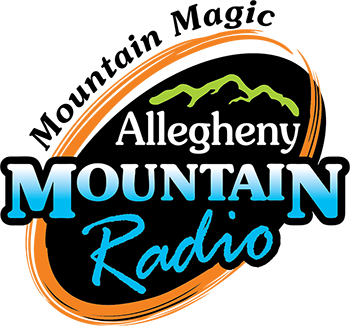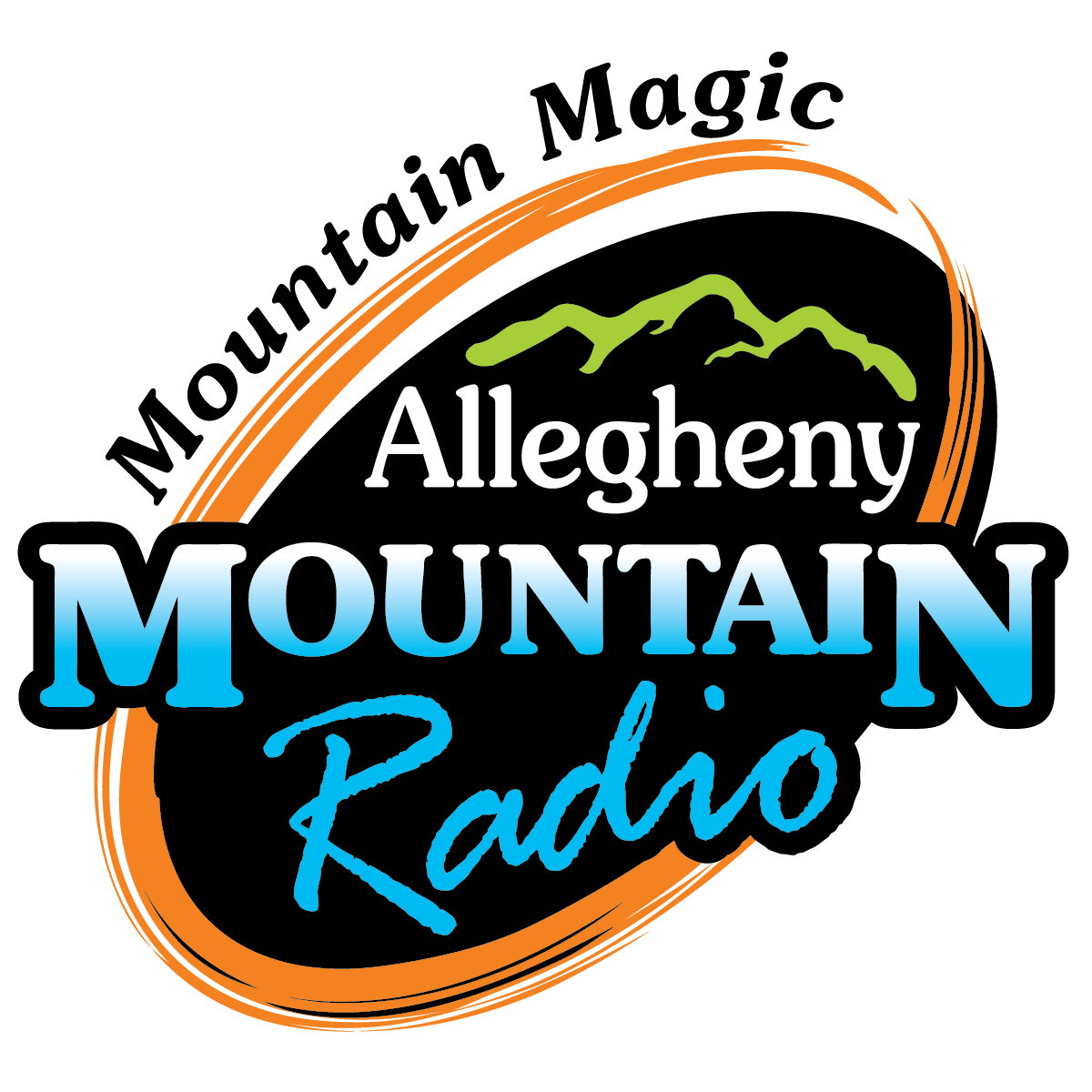Draft Environmental Impact Statement- for Green Bank Observatory – Released
A year ago the public gathered at the Green Bank Observatory (or GBO) to attend and express their concerns and opinions at scoping meetings held regarding the National Science Foundation’s (or NSF’s) intent to conduct an Environmental Impact Statement regarding their future funding alternatives for the GBO. The NSF owns the GBO and provides funding via a Cooperative Agreement with Associated Universities Inc. (AUI) for its operation and maintenance for the benefit of research communities. On Oct. 1, 2016 GBO was separated from the NSF-funded National Radio Astronomy Observatory and has operated more independently since that separation.
Well, now a draft of that Environmental Impact Statement has been completed. Here is a portion of the abstract from it.
“The NSF has produced a Draft Environmental Impact Statement (DEIS) to analyze the potential
environmental impacts associated with potential funding changes for Green Bank Observatory in Green
Bank, West Virginia…. The environmental resources considered in the DEIS are biological resources, cultural resources, visual resources, geology and soils, water resources, hazardous materials, solid waste, health and safety, noise, traffic and transportation, socioeconomics, and environmental justice.”
The alternatives that the NSF’s Environmental Impact Statement addressed were:
- Collaboration with interested parties for science- and education-focused operations with reduced NSF-funded (Agency-preferred Alternative)
- Collaboration with interested parties for operation as a technology and education park
- Mothballing of facilities (suspension of operations in a manner such that operations could resume efficiently at some future date)
- Demolition and site restoration
- Continued NSF investment for science-focused operations (No-Action Alternative)
Now that the Draft Environmental Impact Statement has been released, the NSF is offering the public a chance to comment about that draft environmental review during a public comment meeting to be held at the Observatory on November 30, 2017 from 5 pm to 8:30 pm. For those who cannot attend the meeting, written comments can be sent during a 60 day open window:
- By email to: envcomp-AST-greenbank@nsf.gov, with the subject line “Green Bank Observatory”
- Or by mail to: Ms. Elizabeth Pentecost RE: Green Bank Observatory, 2415 Eisenhower Avenue, Suite W9152, Alexandria, VA 22314
The Draft Environmental Impact Statement considered each of the above possible alternatives’ impacts on the physical as well as on the community, on the area schools and on the local economy. It should come as no surprise that the study found that the most major adverse impacts would result from mothballing or demolishing the Observatory, with more minor adverse impacts resulting from either alternative A)- Collaboration with other parties to continue science and educational policies at the site or alternative B) – Collaborating with other parties to run the Observatory as a strictly Technical and Educational Park, while alternatives C) –mothballing the facility and D)- Demolishing the facility would have the most adverse impact particularly on the local community, economy and schools. Of course the alternative of leaving things the way they are currently funded and operated would have no environmental impacts.
The following links will open the Draft Environmental Impact Statement and its appendices in Adobe Reader
DEIS_Green_Bank_Observatory_Appendices
Remember, the public comment meeting on this Draft Environmental Impact Statement will be held from 5 pm to 8:30 pm on Thursday, November 30, 2017 at the Green Bank Observatory’s Science Center.





